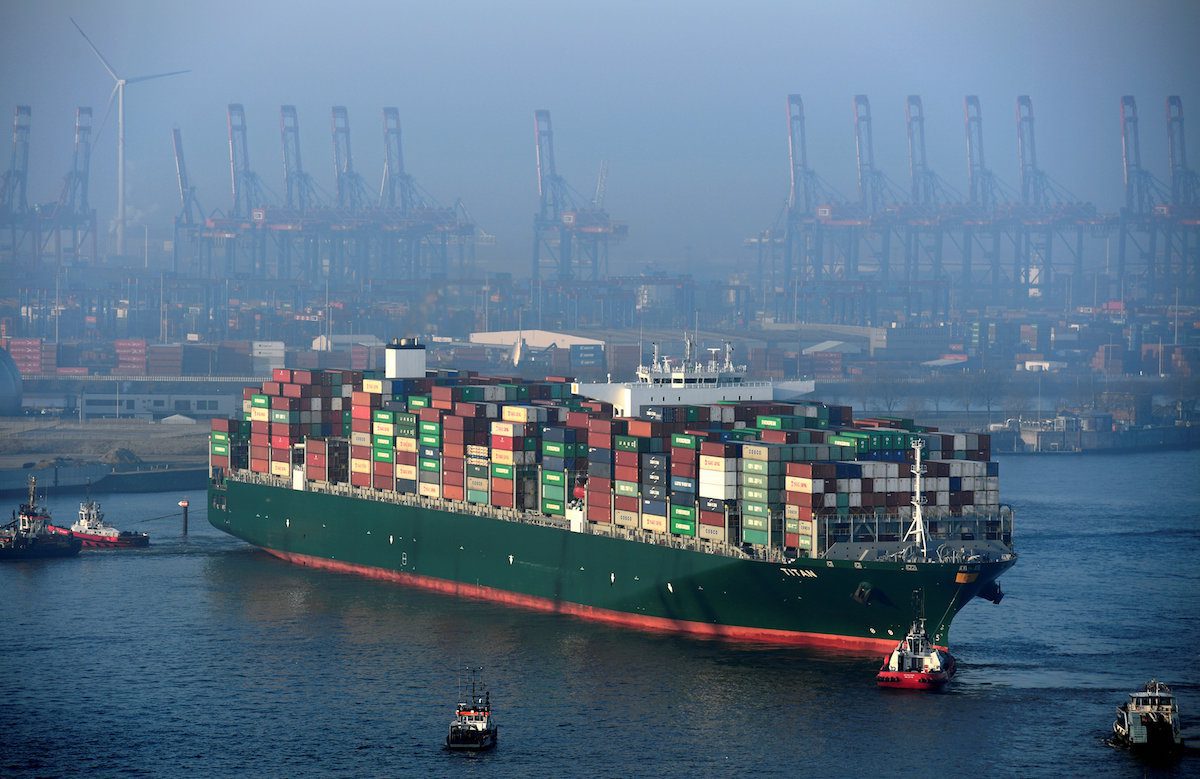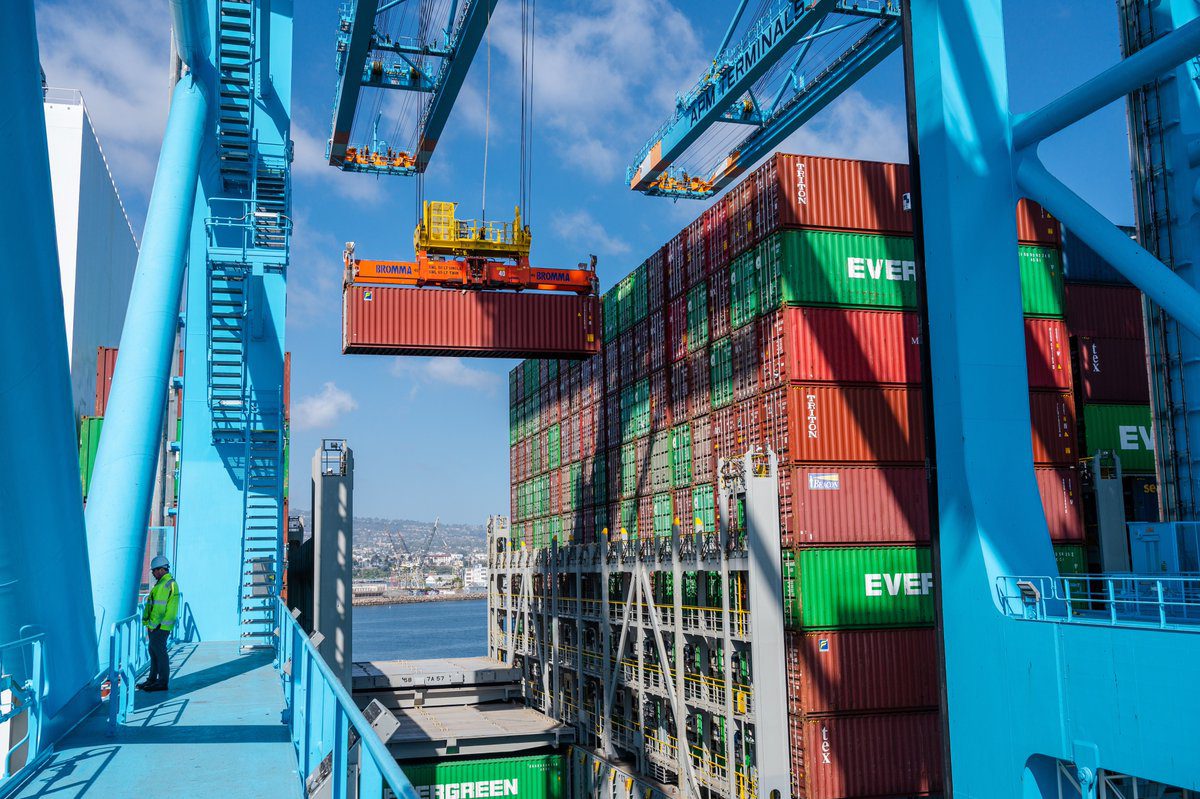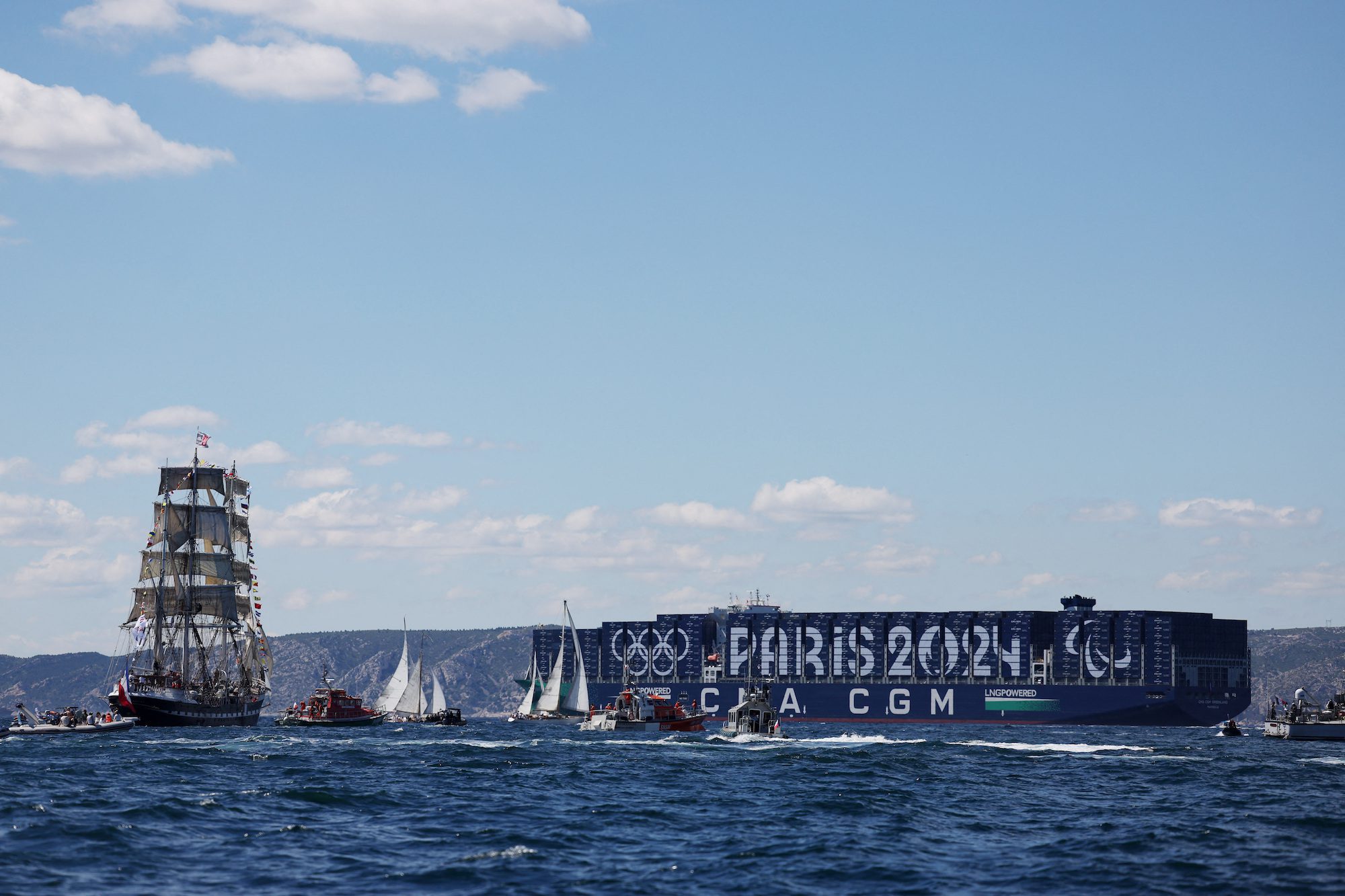By Alex Lennane (The Loadstar) –
Forwarders are warning customers that demand on Asia-Europe ocean trades is beginning to look a lot like the pandemic peak.
“It’s shocking” said one UK forwarder. “The speed and pace of change is phenomenal, replicating the lead-up to the peak of the pandemic.”
The forwarder warned that box lines were jettisoning FAK rate quotes when bookings are made, and contract capacity is being cut.
“It’s a nightmare. Demand is hugely high – we are seeing between 10-20 % growth across our customer base year on year. Either customers are restocking, or with the longer transits around the Cape, needing an additional two-week buffer of stock in transit.
“Add to that the start of the traditional ‘peak season’ in May, which is now ‘seasonalising’ to the pre-pandemic model. All in all, it’s a nightmare scenario for importers at this time.”
Scan Global Logistics also warned customers that Asia westbound ocean freight levels were “surging”.
“A cocktail of continued sustained capacity demand, blank sailing programmes and a full-year outlook that offers no positive outlook on the crisis in the Red Sea has sent ocean freight rates on a rapid upward trajectory,” it said.
Scan told customers that there were “black clouds all over the horizon – unless you are a container carrier”.
Container lines are busy implementing peak season surcharges and GRIs “on both long- and short-term contracts,” said Scan.
Hapag-Lloyd, MSC and CMA CGM have all announced increased ocean freight tariffs between the Far East and Europe, two from mid-May.
But the UK forwarder revealed: “Carriers are putting rates out – and then withdrawing them because they have already been replaced with higher levels.
“FAK and spot facilities and mechanisms for most shipping lines are now closed until June, or later – so you can’t make a booking even if you are willing to pay higher prices.”
He added that unrelated lanes were now being affected too: “For instance, the Asia-LatAm rates are now $9,000-$10,000 per 40ft, and capacity is being diverted to that more profitable route.”
Rate levels in contract and spot are also starting to diverge.
Scan Global said: “This being reminiscent of rate development during Covid, we have a situation where long-term contracted rate levels and short-term rate levels are far apart.
“In some instances, short- and long-term rates can vary by more than $3,000 per 40ft DC on the same trade. As an added comment, carriers are increasingly opting to prioritise and load higher revenue cargo in an attempt, to mitigate bleak financial results posted in Q4 23 and, to a certain extent, mediocre results in Q1 24.”
Part of the problem also lies with a shortage of containers. A Container Xchange customer said yesterday that, despite depots not facing significant pressure from inventory levels, container prices were “continuously climbing, adjusting roughly every 48 hours”.
“This increase largely stems from uncertainty related to the Red Sea situation, as well as suppliers and sellers looking to hedge their risks. We’ve seen prices for a 40ft (cargo worthy) container jump from $2,200-$2,300 in April to $2,500-$2,700 currently.”
It added that the diversions around the Cape of Good hope had likely absorbed “a significant number” of boxes, while others were “stranded in network locations”.
“Shipping these containers out may not be economically feasible, due to factors such as high transportation costs, inexpensive storage at the location, or the containers nearing the end of their operational life.”
Scan Global asked for “understanding” from customers, and said it expected the situation to continue through May.
The UK forwarder added: “This is affecting the whole of the Far East inbound. The new tonnage is not making a dent, or being deployed as repositioning resource for containers – so that’s not assisting.
“This is just the start, or near start, of an explosion in capacity shortages and ocean heading further north at a quicker rate – even pay-to-play may not be able to save the day on this occasion.”
But he said demand would likely sink as fast as it grew.
“After the October Chinese Golden Week, the market will fall quicker than it climbed, I suspect.”
The Loadstar is known at the highest levels of logistics and supply chain management as one of the best sources of influential analysis and commentary.
Unlock Exclusive Insights Today!
Join the gCaptain Club for curated content, insider opinions, and vibrant community discussions.

 Join The Club
Join The Club













